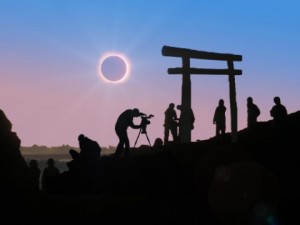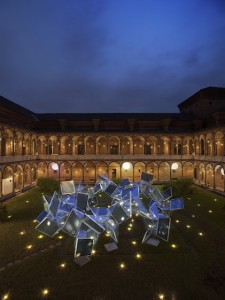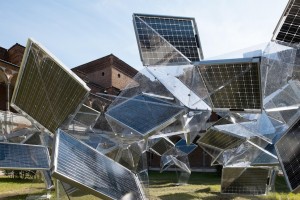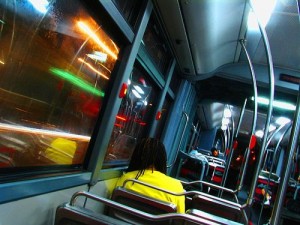As an industry leader in environmental innovation, Sony Pictures has long experimented with energy-efficient light sources and technologies for use in its productions. But for the Screen Gems feature Think Like a Man, Sony Pictures took its efforts a step further and reached an industry first by using 100 percent energy-efficient (LED) lighting sources on the production.
“Sony Pictures is committed to making great content with a smaller and smaller energy footprint, and Think Like A Man is a great example of Screen Gems’ continuing tradition of actively reducing the impact and waste of a major feature film production,” says Gary Martin, President, Production Administration, Sony Pictures Entertainment. Conventional lighting for a motion picture requires a significant amount of energy to run and generates a lot of heat on set. This, in turn, must be cooled using air conditioning, requiring additional control equipment. Compared to a conventional incandescent bulb, however, LED lighting can generate over four times the amount of light with the same amount of energy and is also able to maneuver into tighter spaces and be transported more efficiently.
Think Like A Man
“Although not perfect, energy-efficient lighting is making great strides. We were excited to incorporate this industry-first in lighting into our production, and look forward to continuing to work with manufacturers to test and improve the technology,” says Mason McConnell, Executive Director, Set Lighting, Sony Pictures Entertainment. In addition to many other efforts, Think Like a Man further greened the filming by shooting the production in locations near the Sony Pictures studio lot, cutting both transportation requirements as well as the need to construct sets. It also used many environmentally-friendly products and processes in the daily administration of the production. The movie is based on Steve Harvey’s book “Like A Lady Think Like Man.”











